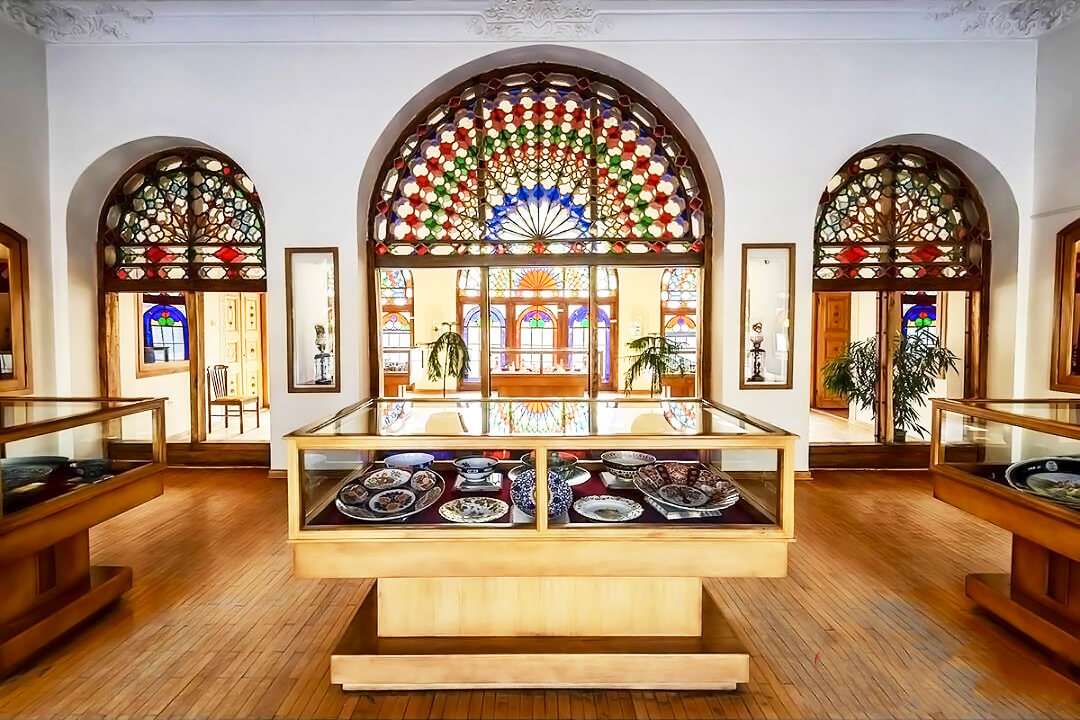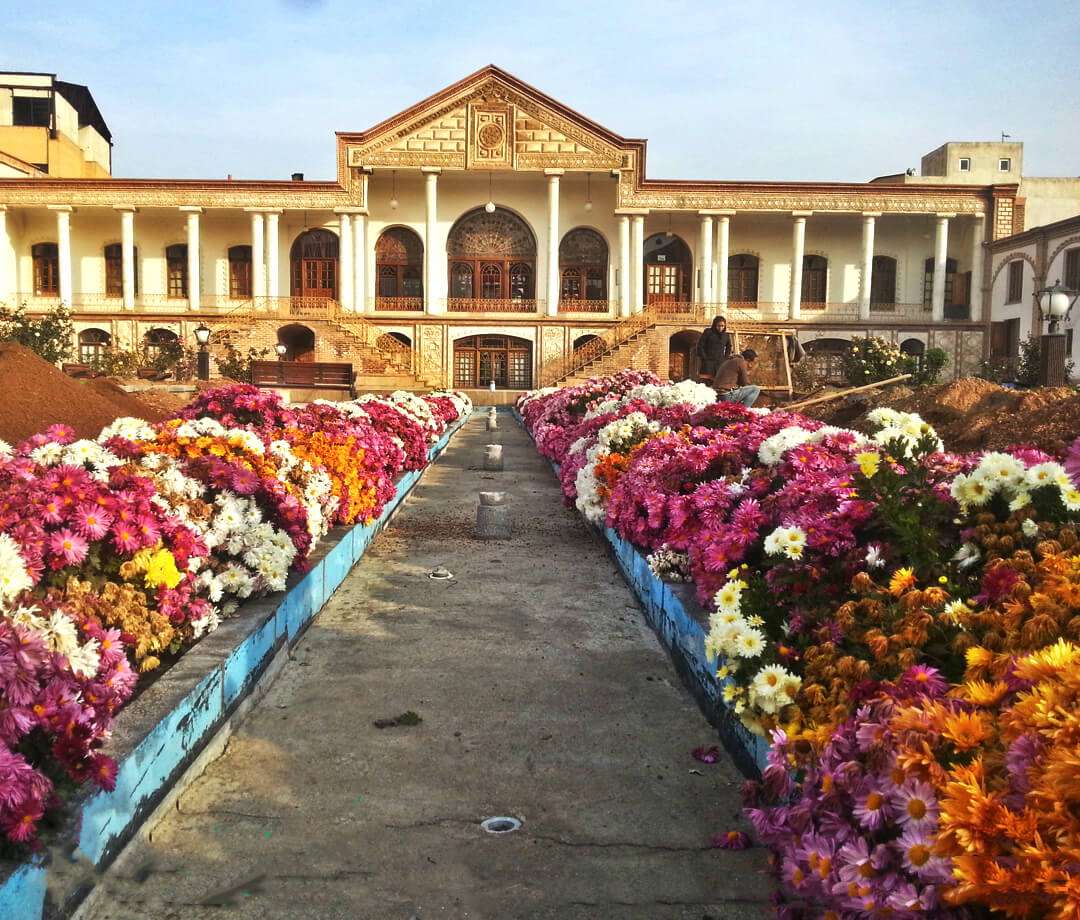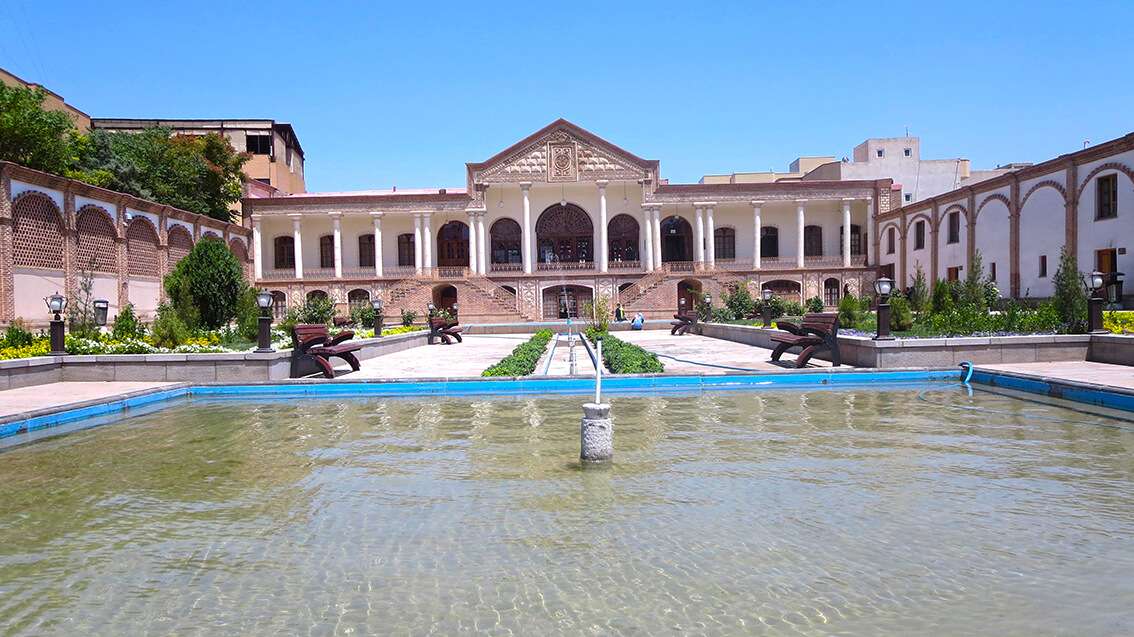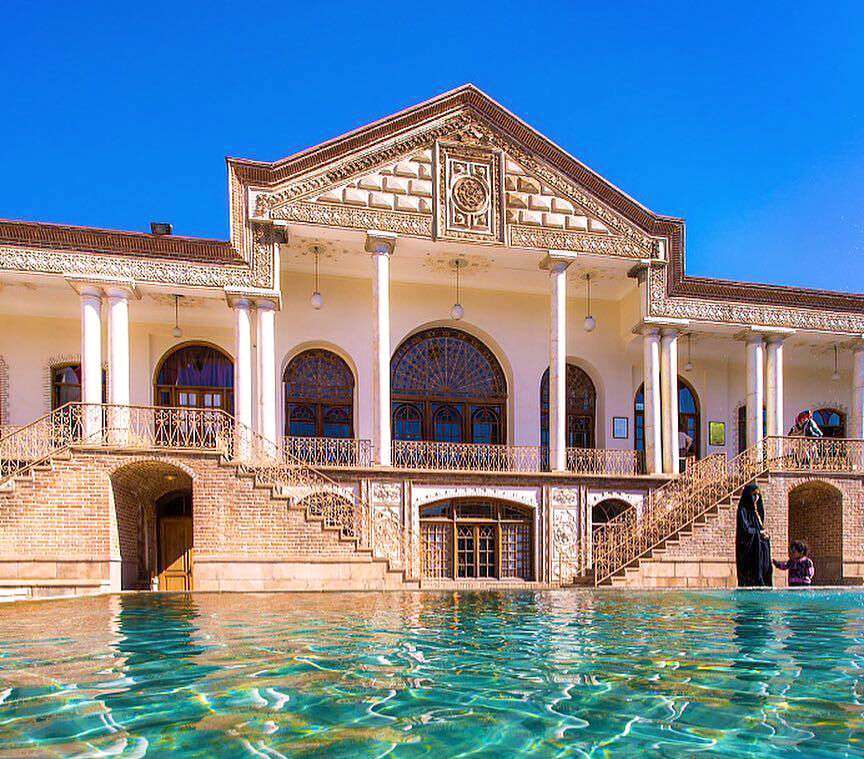Qajar Museum (House of Amir Nezam Garusi)

- Visiting
Qajar Museum (House of Amir Nezam Garusi) in Tabriz
- ThemeHistory and Culture
- CodeIRSG116
- Duration45 mins
Visiting a Qajarid house known as Amir Nezam house which has been converted to a museum since 2006. Various items from the Qajar era are on display in this museum.
- Spring8:00 -18:00 *
- Summer8:00 -18:00 *
- Autumn8:00 -18:00
- Winter8:00 -18:00
* Best Time
Photos of the Qajar Museum (House of Amir Nezam Garusi)
Explore the Qajar Museum (House of Amir Nezam Garusi)
Qajar Museum (House of Amir Nezam Garusi)
During the Qajar era, Tabriz was the seat of the Qajarid crown princes. Besides this political significance, the strategic position of the city and its vicinity to Ottoman Empire and commercial relationships with Russia and European countries caused the city to manifest the characteristics of modernity earlier than any other city in Iran. Accordingly, the architecture –especially the plan of houses- underwent a transformation of style in this era. The Qajarid houses in Tabriz are true examples of the Qajarid architectural style which represents a combination of modern and Iranian traditional features. The house of Amir Nezam Garusi is one of the most prominent examples of this new style in the historical neighborhood of Sheshgelan of Tabriz.
Amir Nezam Garusi, was a Kurdish politician and writer of Iran in the time of Naser al-Din Shah Qajar (1848-1896). He was the one who brought the minting machine for the first time to Iran and also took part in the establishment of the modern schools of Tabriz like Mozaffarieh and Roshdieh. Amir Nezam Garusi worked as the agent of Mozaffar al-Din Mirza (prince Mozaffar al-Din) for several years. During these years, he commissioned this splendid house to live in. Later on, as he was serving as the ambassador of Iran in France and Ottoman Empire, the house became the residence of governors of Tabriz. This magnificent house was bought by Iran’s Cultural and Tourism Organization in 1991 and turned into a museum in 2006.
Covering an area of 3000 square meters, the house comprises two separate courtyards, one on the southern side (the public, biruni courtyard) and the other on the northern side (the private, andaruni courtyard). The two-storied building stretched along the east-west axis is built between the two courtyards. The southern courtyard -which is more spacious- features a rectangular large pool in the middle surrounded by flower beds. On the northern side of the southern courtyard, the building displays a columned porch (two higher columns in the middle and six shorter twin columns on each side). The porch is reached by two double stairways which are relatively uncommon in Iranian houses. The roof of the porch is higher in the middle, topped with a pediment. The façade of the northern courtyard is completely similar to this one, except that it lacks the columned porch of the southern courtyard.
Each storey comprises a central hall flanked by rooms which are connected to each other through the anterooms. The halls, on both sides, overlook the yards through large orosis (sashes). The interior decorations in the second storey include European-inspired intricate plasterwork, mantelpieces and stained glasses. The lower storey boasts vaulted rooms with plain, dark brick walls. A noticeable part is a columned pool room (howz-khaneh) with splendid brickwork in the ceiling.
The house hosts a museum displaying items from the Qajar epoch. In the second storey, there are seven halls: the hall of coins, the hall of handwoven items, the hall of dishes, the hall of mirrors, the hall of metal items, the hall of music instruments and the hall of marquetry, Khatam. Also, there are more items waiting for you to be visited in the basement. It is divided into six separate halls, including the hall of stones, the hall of weapons, the hall of figures and decrees, the hall of architecture and urbanism, the hall of locks and the hall of lanterns.
Important Information
Additional Info
Cost Info
- Kebab Koobideh in Tehranchi Restaurant 3 €





